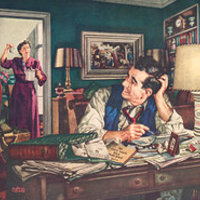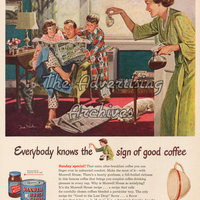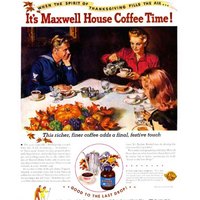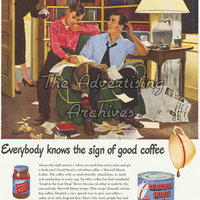Conclusion
While advertising is not the only aspect of culture that has been inherently gendered for centuries in America, it is an avenue worth exploring and pulling apart to help understand our digital age today. Davis explains herself that in her writings “[she emphasizes] the realm of gender relations in part because gender was so explicitly, indeed obsessively addressed [in advertisements]” (Davis, 4). Through my own research I came across dozens of advertisements shown in America that depict women and men in a continuously stereotyped way. The blatant roles created and dramatized into representations of wives and husbands overwhelm various types of media and demand to be talked about. These advertisements serve to encourage assumptions and perspectives of women, particularly, in the household. Even after woman had gained the right to vote independently for their own rights in the early twentieth century, they were continually put into these century-old roles of housewives and caretakers. Positively, however; the ad content from the mid-20th century compared to the content that can be found today, demonstrates the significant strides that have been made in the portrayal of women. Women were taken out of the house and out of the kitchen, and into a world governed by passions of intelligent thought and taking risks and being independent. The deeply gendered advertising world of last century, can help remind us of the repression caused by gender expectations and help us create an even more equal future of leaving behind misperceptions and unjustified stereotypes.




